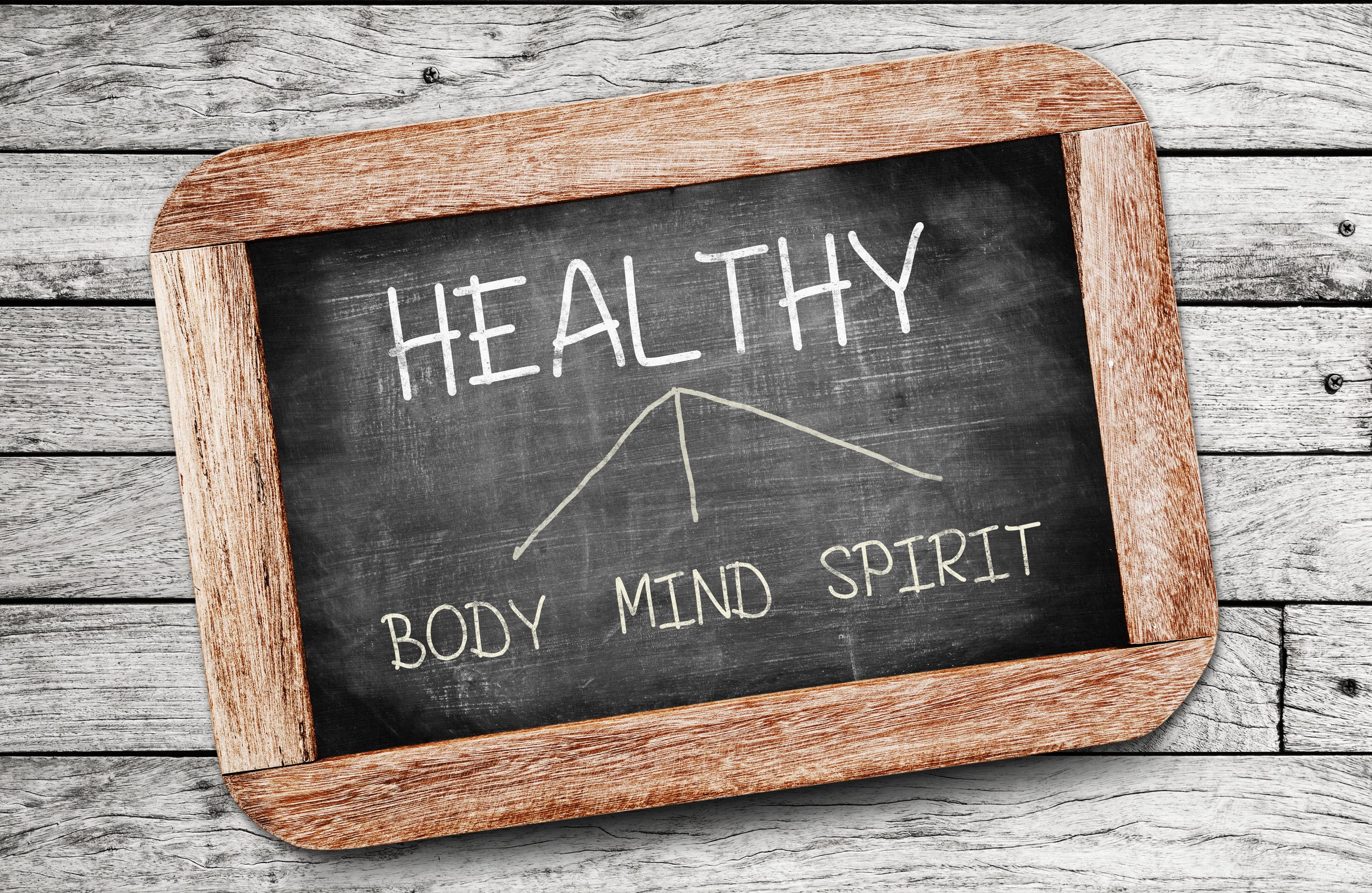PREVIOUS POST
Why Chiropractors Care About What You Eat

Please fill out the form below and we will be in touch soon.

Why Chiropractors Care About What You Eat

Get Rid of Back Pain with These Helpful Stretches and Exercises

When most people think of going to a chiropractor, they think of dramatic adjustments – snap twists, popping joints. In reality, this is only part of what a chiropractor does.
A good practitioner will use a multi-pronged approach to treat your condition, which often includes massage. In fact, chiropractic care and massage go hand in hand. Massage releases muscle tension, which can often help joint misalignment.
What should you know about chiropractic massage, and what are the benefits?
Below, we provide a guide to chiropractic massage, covering the basics, addressing reasons your chiropractor may recommend it, and the benefits you can expect from treatment.
Chiropractic massage involves manipulation of the body’s muscle tissues using gentle and slow motions, kneading, and pressing. This eases muscle tension, especially in muscles that have become knotted and cramped, in order to relieve muscle pain. There are a plethora of massage therapies, and your chiropractor will evaluate what’s right for your condition.
If you suffer from chronic lower back pain, for instance, your chiropractor may recommend Swedish massage.
On the other hand, someone recovering from injury may benefit more from deep tissue massage to stimulate healing of soft tissue damage.
Athletes typically discuss a sports massage component with their chiropractors, which can improve flexibility, help prevent injuries, and shorten recovery time for existing ones.
This element of your chiropractic recommendation can be effective for a seemingly endless list of conditions, which is why it is included as a part of nearly every patient’s treatment plan.
Patients suffering from chronic pain conditions, muscle tension, and lower than normal endorphin levels have all been scientifically proven to benefit from chiropractic massage. Those suffering from depression, fibromyalgia, sciatica, migraines, and muscle spasms often benefit from massage therapy, too.
General lower back pain is one of the most common ailments chiropractic patients seek to relieve through massage. Not only does quelling muscle tension in the back reduce pain, it can also help realign your spine, making subsequent adjustments easier and more effective.
Massage has significant psychological benefits as well. Studies show it can offer relief from depression, anxiety, and other conditions associated with hormonal imbalance either naturally or in conjunction with holistic treatment plans – including doctor-prescribed and monitored medications.

Although many people choose only one kind of treatment or the other, incorporating both therapies into treatment at once often provides better and faster pain relief, and may speed your recovery time if you’re suffering from an injury.
Chiropractic work focuses on the hard tissues of the body, such as bones and cartilage. Contrastingly, massage focuses on the soft tissue of the body, predominantly muscle and connective tissues. This means that these two therapies often work best in tandem.
If your chiropractor recommends massage, you can expect the massage session to last 45 minutes to an hour. Your chiropractor may perform adjustments right after the massage, or schedule the adjustments separately.
Some of massage’s many benefits include:
The outcome of chiropractic massage does vary among patients. After a single massage session, some experience long-lasting and dramatic pain relief. Others incorporate regular massage as a component of pain management when there isn’t a cure for the underlying condition.
Your results will depend on your conditions and how your body responds to treatment. If you’re not sure what to expect, your chiropractor can walk you through the process, and help you understand the specific benefits and risks they believe you should expect under your circumstances.

Ultimately, the goal is to assess your condition and approach treatment from as many angles as necessary to provide you with both immediate and long-term relief. Because the muscular and skeletal systems work together, treating both is usually the most effective way to achieve the results you seek.
If your chiropractor recommends massage therapy, don’t be afraid to ask how it will help. Also, ask your chiropractor or massage therapist what to expect before beginning treatment so that you’re fully comfortable and make the most out of massage therapy.
About the Author:
Dr. Singer has been a practicing chiropractor for more than 20 years, and USA Health & Therapy has been around since 2004. Over the course of his career, Singer has helped tens of thousands of people with all kinds of issues by using a wide variety of treatment strategies. He has extensive knowledge of chiropractic modalities, including Gonstead, Diversified, Thompson Drop Table, and Activator, and in 1997 he earned a special adjunctive Chiropractic Certification in Spinal Trauma (CCST) to better provide care for car crash victims. Dr. Singer is licensed to practice chiropractic medicine in both Florida and New York.